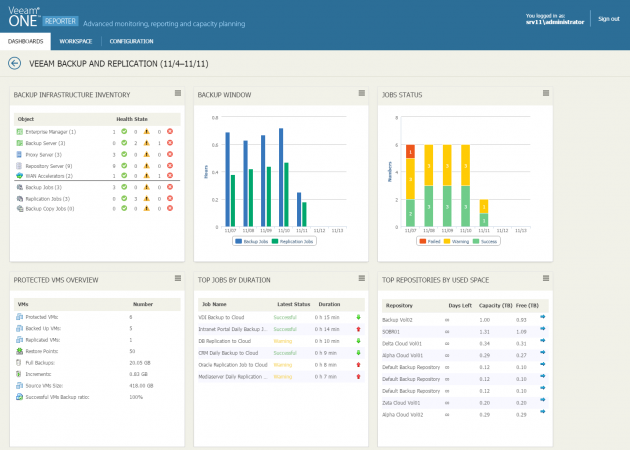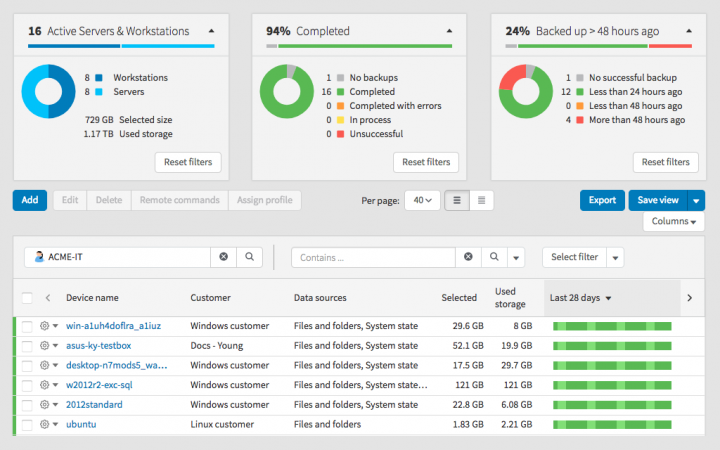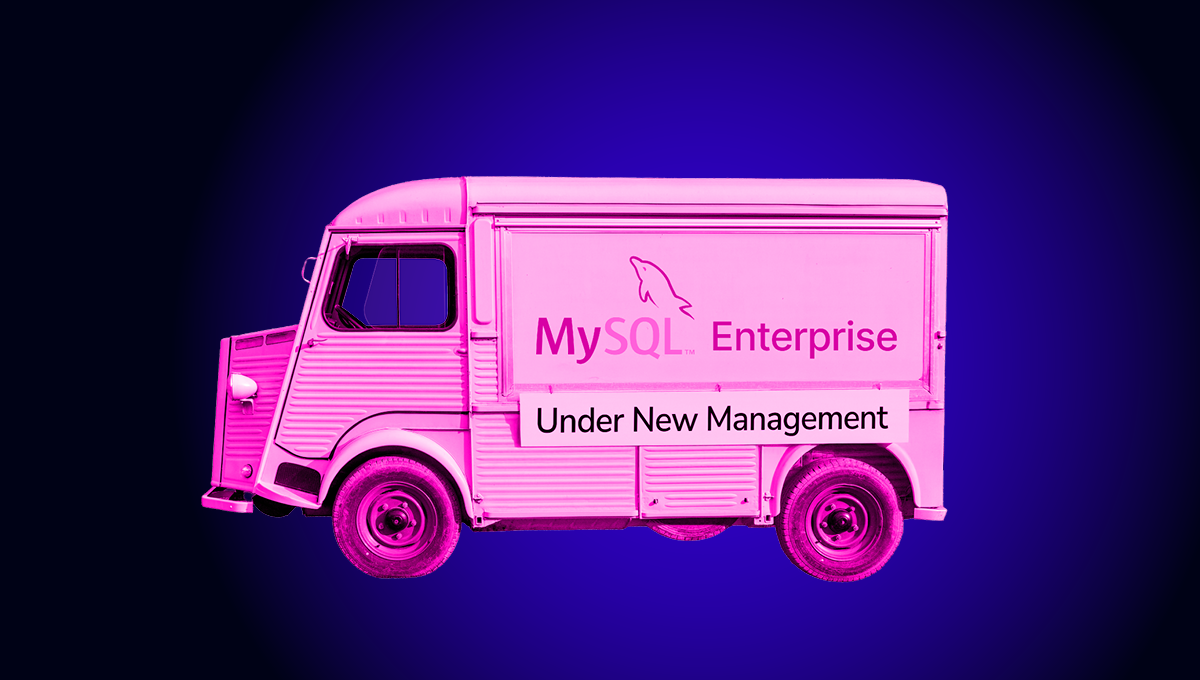blog
Database Backups 101: What to Report On

There are many tools offering database backup services, it could be on-premises, cloud or even both. Most tools provide some kind of monitoring and reporting services and the differences in the depth of information are visible.
But why is backup reporting important? The simple answer is because backup management is mostly automated. Agentless backups can fail and you shouldn’t rely on just automated backups without a constant check on its status. Previously, backup reporting software or tools were offered as separate products, but now is often included with the Backup service.
Backup reports are also useful for audits and meeting system reliability compliance. These reports will be able to show the backup failure points, the validity of the backups, and can be used to identify which are the valid backup copies to use for recovery.
With proper backup log reports, it would be easier to understand the reason for failure and then take remedial actions. This blog gives a brief overview of the three main areas of backup reporting commonly covered by the backup and recovery solution providers.
Database Backup Activity Monitoring
Activity monitoring on most solutions highlight user activities based on the roles. This is an important metric to trace the user interaction on the database. Should there be any unwanted or error transactions the appropriate corrective actions can be taken to restore the database to its original state.
Any abnormal user activity or malicious attacks can be traced in the historical user activity reports to avoid any security threat.
Database Backup Reports
Backup reports either provide a summary or detailed report on the activities and its status. It is either in a log format or in a simple formatted report. Solution providers commonly give you filter options to generate reports besides giving default status reports. Default reports include backup status, plans, archived reports and user activity reports. Below are some of the common parameters presented in these reports
- Backup device: The device, host or resource where the backup process is executed
- Backup plan: Indicates backup type plan used like full, incremental, etc
- Backup status: This is to show if a backup is running, stopped or has errors or warnings
- Time of latest backup: Time when the backup was completed
- Duration: The time taken for the backup to complete
- Errors: Indicates there are warning and errors during the backup
- Last known status: This is to show if the last status of the backup is pending or completed
- Data source: Source of the backup
- Storage status: Status of the storage size ( usually the available storage size)
- Backup size: The size of the last backup
The list of the parameters may vary and this depends on the solution provider and also the type of information required by the user. Some of these parameters are also presented in the monitoring dashboards for users to get a snapshot of what is the current status of the backup like seen in the screenshots below by various solution providers like Veem, Backup Ninja, Solarwinds, and Bocada.
Example Database Backup Summary Reports
Veeam Backup Dashboard

Solarwinds Backup Dashboard

Backup Ninja Dashboard

Products like Acronis, Veeam, SolarWinds, Bocada, ClusterControl and Backup Ninja provide executive summary reports with attractive graphs for the management, customised detailed reports for the IT team or support team and report download options in different formats.
The backup summary reports are often identical to the information on the dashboard.
Database Backup Alerts & Notifications
Alerts and notifications are also a form of a report, but in a smaller format, communicated often via emails and dashboards or other quick communication methods. The alerts provide the user with critical information including backup failures, security threats, storage capacity, backup device failures or connectivity problems. The support or management team then can take the appropriate action with these notifications.
The common medium to send the alert is via email, where a special template is set to notify the risk and the urgency of it. The dashboard is also used to report these failures using colours to show how critical the risk is.
Conclusion
Backup reports are important for audit trails, troubleshooting, and trend analysis. Executive summary reports are important for decision making. These reports can also be used for trend analysis on failures, storage needs, and critical errors which can be used to improve services.
These reports, however, are most important for the troubleshooting team. The more detailed the report is, the easier it is to get to the root cause of the problem and provide the right solution in a shorter time span.




